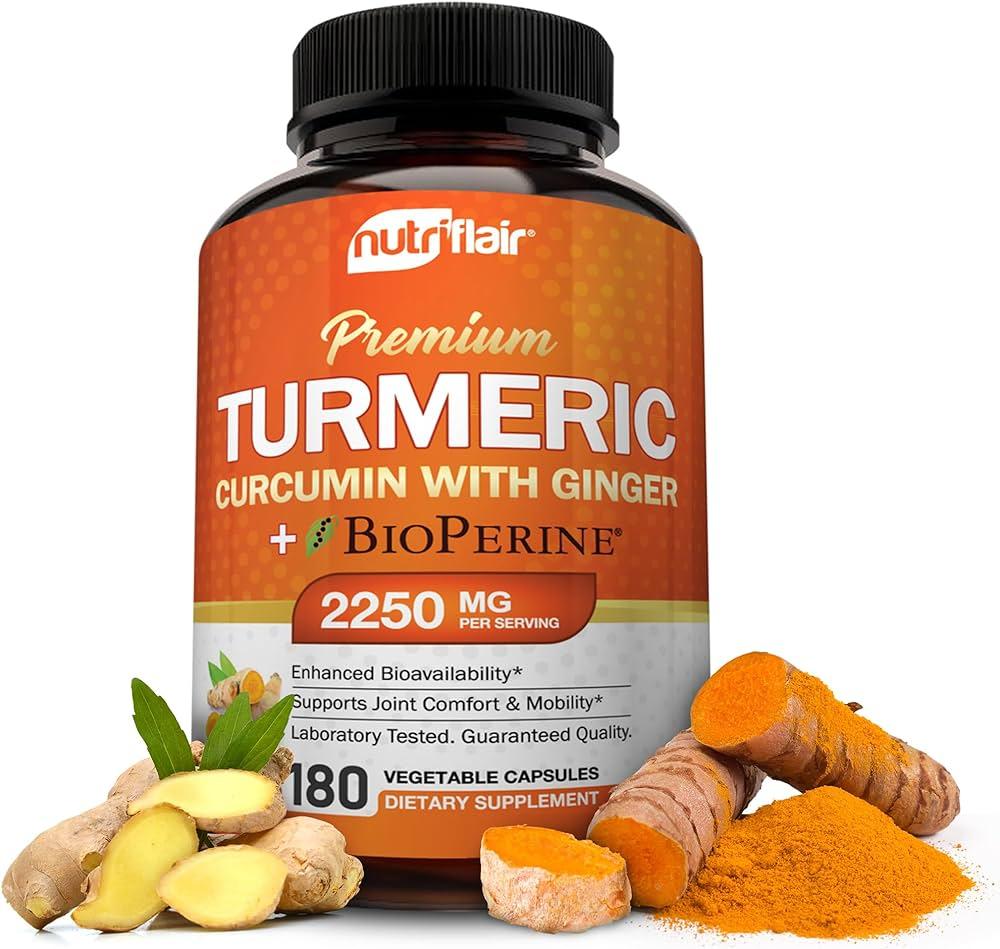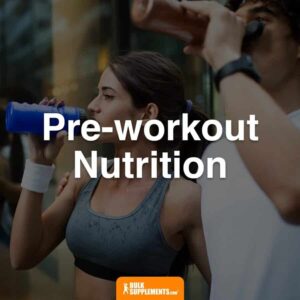In the vibrant world of health and wellness, turmeric has emerged as a golden superstar, celebrated not only for its rich history in conventional medicine but also for its potential to combat a spectrum of ailments.Armed with an active compound known as curcumin, turmeric has been lauded for its anti-inflammatory properties, sparking a surge in popularity for turmeric supplements.Yet, amidst the swirling excitement, a critical question arises: how well do these supplements actually deliver on their promises? In this exploration, we delve into the complex realm of bioavailability—the extent to which our bodies can absorb and utilize the benefits of curcumin—while examining the scientific evidence behind the anti-inflammatory claims that have captured the attention of both health enthusiasts and researchers alike. Join us as we sift through the claims, dissect the data, and illuminate the true potential of turmeric supplements in the quest for well-being.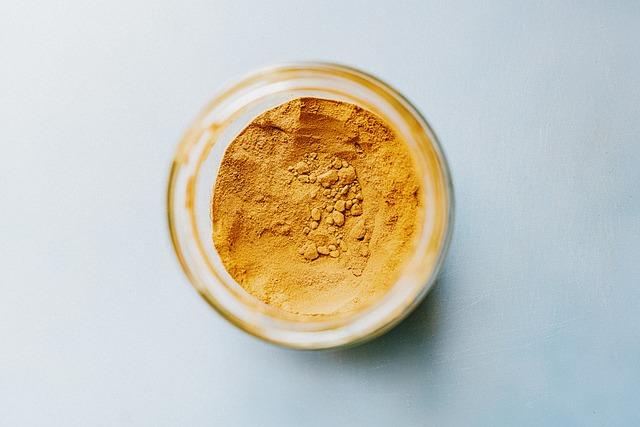
Exploring the Science Behind Turmeric Bioavailability
Understanding turmeric’s bioavailability is crucial for appreciating its potential health benefits. Curcumin, the primary active compound in turmeric, is notoriously arduous for the body to absorb. The body’s metabolic processes can significantly hinder the amount of curcumin that actually enters the bloodstream and reaches the sites of inflammation. Several factors contribute to this challenge, including:
- Low Solubility: Curcumin’s poor solubility in water can limit its absorption in the gastrointestinal tract.
- Rapid Metabolism: Once ingested, curcumin is swiftly metabolized in the liver, reducing its effectiveness.
- First-Pass Effect: A significant portion of curcumin is broken down before it can enter systemic circulation.
Recent research has focused on strategies to enhance the bioavailability of turmeric supplements.Various formulations have been developed, including the incorporation of piperine (found in black pepper), which has been shown to increase curcumin absorption by up to 2000%.Othre innovative approaches include the use of nanotechnology and liposomal delivery systems that protect curcumin from rapid metabolism. These methods aim to maximize curcumin levels in the bloodstream and thereby perhaps amplify its anti-inflammatory effects. below is a comparison of common methods:
| Method | Description | Bioavailability Enhancement |
|---|---|---|
| Piperine Addition | Combines curcumin with piperine to inhibit metabolism. | Up to 2000% |
| Liposomal Delivery | Encapsulates curcumin in lipid layers for improved absorption. | High |
| Micronization | Reduces particle size to enhance solubility. | Moderate |
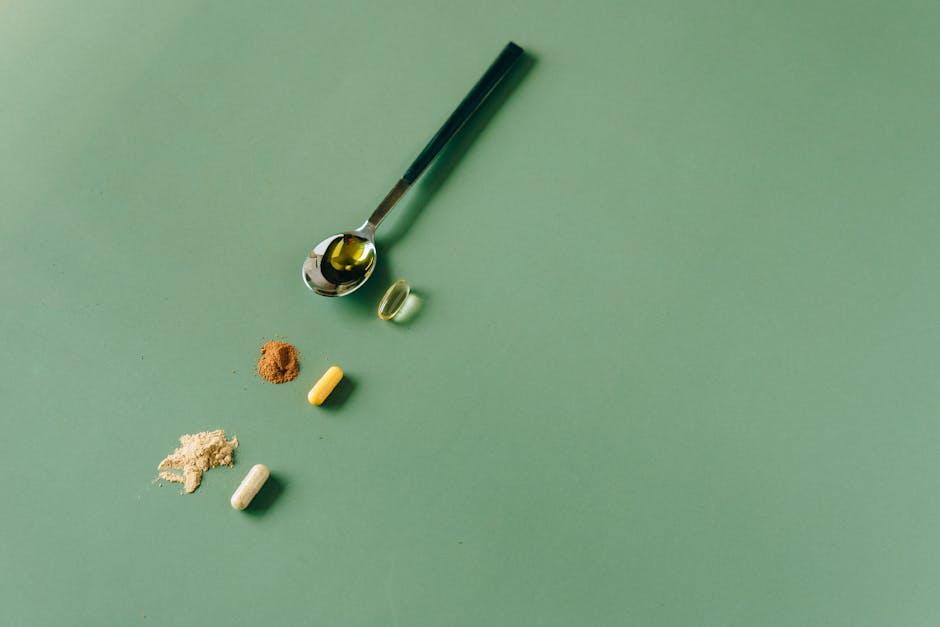
Evaluating Claims: Do turmeric Supplements Deliver?
As consumers grow more health-conscious,turmeric supplements have surged in popularity,especially for their purported anti-inflammatory properties. Though, evaluating the claims surrounding these supplements requires a closer examination of both their bioavailability and efficacy. Bioavailability refers to the degree and rate at which an active ingredient or active moiety is absorbed and becomes available at the site of action. The primary active compound found in turmeric, curcumin, is known for its low bioavailability when consumed in standard doses. As such, many supplement brands have emerged with formulations claiming enhanced absorption through various delivery methods, including:
- Curcumin nanoparticles: Smaller particles that increase surface area and absorption.
- Enhanced formulations: Combinations with piperine (black pepper extract) to boost curcumin absorption.
- Time-release systems: Special coatings that allow for gradual absorption over time.
Yet,research remains mixed on whether these advancements significantly impact the effectiveness of turmeric supplements in vivo. A growing body of studies suggests that while enhanced formulations may improve bioavailability, translating these enhancements into tangible health benefits still poses challenges. The real question is whether increased levels of curcumin in the bloodstream correlate with measurable anti-inflammatory effects and improvements in conditions like arthritis or cardiovascular diseases.Based on recent clinical trials, the following table highlights the observed effects of different turmeric supplement formulations on inflammatory markers:
| Supplement Type | Bioavailability Betterment | Anti-Inflammatory Effect (Markers Reduced) |
|---|---|---|
| Standard Turmeric | 1x | Minimal |
| With Piperine | 20x | Moderate |
| Curcumin Nanoparticles | 40x | significant |
| Time-release Formulation | 15x | Moderate |
This data serves as a valuable reference point for those considering turmeric supplements. As the evidence evolves, so too will the discussion surrounding the genuine benefits of these products. Ultimately, while some formulations offer promise in terms of absorption, it is critical to remain cautious and informed when evaluating their claims and potential effects on chronic inflammation.
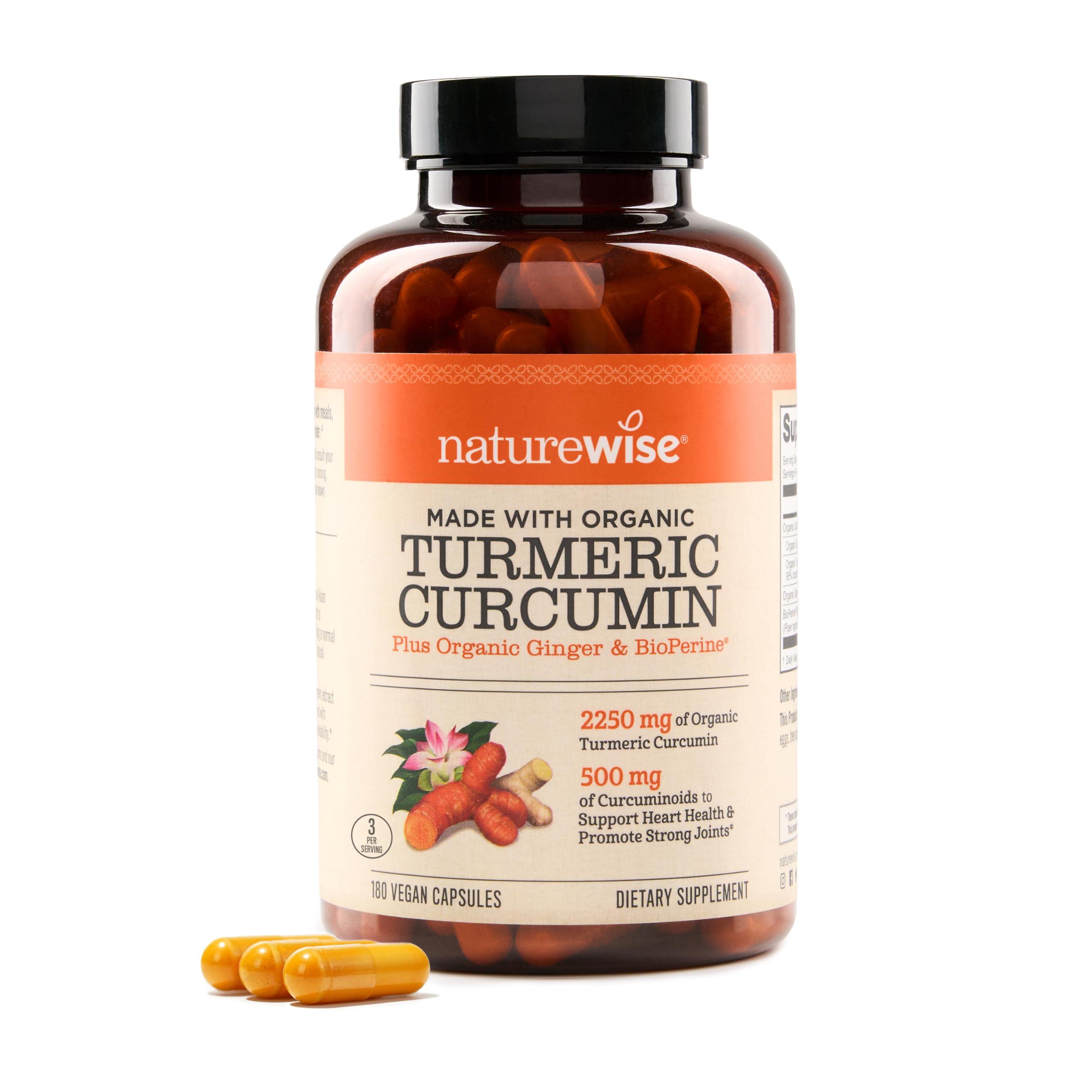
The Anti-Inflammatory Power of Curcumin: What the Research Says
Curcumin,the active compound found in turmeric,has garnered considerable attention in recent years for its remarkable anti-inflammatory properties.Research suggests that curcumin operates at the molecular level, targeting various inflammatory pathways to provide relief from conditions such as arthritis and inflammatory bowel disease. This compound acts as a potent antioxidant and helps reduce the production of inflammatory cytokines, making it a promising candidate for chronic inflammation management. Moreover, studies indicate that regular intake may support joint health, enhance recovery from injuries, and even improve overall immune function.
However, one of the key challenges surrounding curcumin is its bioavailability—the degree and rate at which it is absorbed into the bloodstream. Traditional turmeric contains about 3% curcumin, which may not be enough to harness its full benefits effectively. To address this issue, many supplements utilize various techniques to enhance curcumin’s absorption, such as pairing it with black pepper extract (piperine), fats, or other compounds. Below is a simplified overview of different approaches:
| Enhancement Method | How It Works |
|---|---|
| Piperine Addition | Increases bioavailability by up to 2000%. |
| Lipid Formulation | Improves absorption in fat-soluble forms. |
| Microemulsion | Creates small droplets for better intestinal uptake. |
While the potential benefits of curcumin are evident, it is crucial for consumers to select supplements rigorously tested for bioavailability. The quality and formulation can dramatically impact the effectiveness of curcumin, so understanding the differences among products can empower individuals to make informed choices in their quest for anti-inflammatory support.
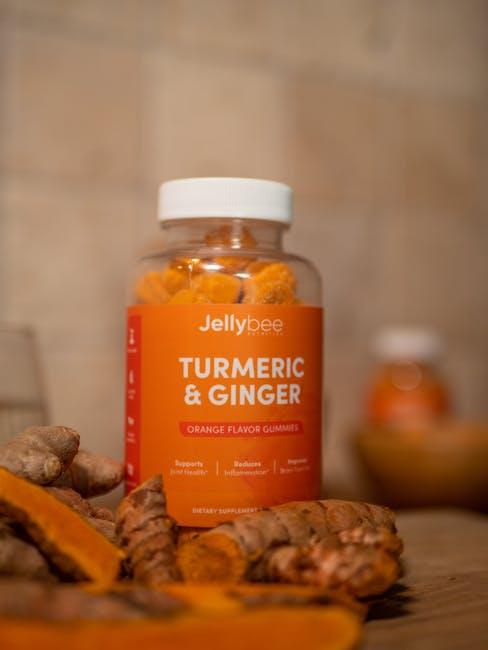
Recommendations for Maximizing Turmeric Supplement Benefits
To enhance the efficacy of turmeric supplements, consider pairing them with ingredients that promote better absorption and bioavailability. Piperine, found in black pepper, has been shown to increase the absorption of curcumin, the active compound in turmeric, significantly. Incorporating healthy fats,such as olive oil or avocado,can also improve the body’s ability to utilize turmeric. Additionally, taking turmeric supplements with meals rather than on an empty stomach can further aid in maximizing their health benefits. Incorporate these tips into your daily routine for enhanced results.
Maintaining a balanced diet rich in anti-inflammatory foods can also complement your turmeric supplementation. Foods such as leafy greens,berries,and fatty fish are known to work synergistically with turmeric to combat inflammation. Hydration is equally important; drinking sufficient water throughout the day supports overall metabolism and the effectiveness of supplements. To help visualize your journey to better health, consider the following table of complementary foods and their benefits:
| Food | Benefit |
|---|---|
| Leafy Greens | Rich in antioxidants and anti-inflammatory compounds |
| Berries | High in flavonoids that decrease oxidative stress |
| Fatty Fish | Contains omega-3 fatty acids that reduce inflammation |
Final Thoughts
the journey through the vibrant world of turmeric supplements reveals a tapestry woven with both promise and complexity. While the golden spice has long been celebrated for its anti-inflammatory properties, the science behind its bioavailability tells a more nuanced story. As we sift through the claims and scrutinize the evidence, it becomes clear that not all supplements are created equal.
For those seeking to harness the potential of turmeric in their wellness routine, a discerning approach is essential. Understanding how the body absorbs these compounds and the influence of various formulations can guide informed choices. As research continues to evolve, so too will our understanding of this ancient herb and its place in modern health practices.
Ultimately, whether your a seasoned herbal enthusiast or new to the realm of supplements, the key lies in balancing enthusiasm with inquiry.By staying informed and adaptable, we can unlock the myriad benefits that nature offers while navigating the intricate landscape of wellness. So, as you explore the potential of turmeric, let curiosity led the way, and may each decision contribute to your journey toward optimal health.




